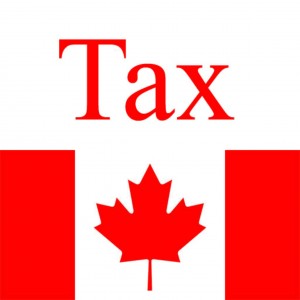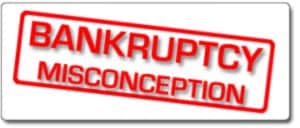 If something is too good to be true, like Canadian payday loans no credit check, it usually is. More companies seem to be springing up like weeds every day offering Canadian payday loans. No credit check is the hook they use to bait you. When it comes to money, no one offers you something for nothing. Think logically, if you have bad credit or no credit, why would any legitimate company be willing to give you money? You and I both know it doesn’t make sense. Yet, the Canadian Payday Loan Association says as many as two million Canadians take out payday loans every year. Why would anyone respond to an ad for Canadian payday loans no credit check? They don’t have access to conventional credit like credit cards, lines of credit or overdraft and they aren’t aware that they can solve their problems instead of taking on more debt.
If something is too good to be true, like Canadian payday loans no credit check, it usually is. More companies seem to be springing up like weeds every day offering Canadian payday loans. No credit check is the hook they use to bait you. When it comes to money, no one offers you something for nothing. Think logically, if you have bad credit or no credit, why would any legitimate company be willing to give you money? You and I both know it doesn’t make sense. Yet, the Canadian Payday Loan Association says as many as two million Canadians take out payday loans every year. Why would anyone respond to an ad for Canadian payday loans no credit check? They don’t have access to conventional credit like credit cards, lines of credit or overdraft and they aren’t aware that they can solve their problems instead of taking on more debt.
How can a company offer Canadian payday loans no credit check and make money? Simple; they charge exorbitant interest rates which are disguised so that the consumer has no idea what they are signing on for. According to Scott Hannah, president of Canada’s Credit Counselling Society, when a payday lender offers you 21% interest for a 14 day loan, that is actually 546% annual interest! Can you imagine anyone agreeing to pay 546% annual interest? But when it’s disguised as 21% for a 14 days loan, it seems quite benign. The clients who make good on their loans pay for the ones that default on their loans and those outrageous interest rates offset the losses.
Many people in the private and public sector are outraged at Canadian payday loans no credit check companies and many politicians like Cheri DiNovo are trying to shut them down. This is what she has to say:
Ontario NDP MPP for Parkdale-High Park, Cheri DiNovo
I feel they’re just ripping off poor people who have to go there for a loan and it’s just ridiculous what they charge. You’re only allowed to charge $17 on the hundred. Well with them, it’s a lot more. I think it’s something that should be outlawed and something the company should be shut down. I mean it’s outrageous.
There are better solutions to your financial problems than taking on more debt. Say NO to Canadian payday loans no credit check companies. Say YES to real financial advice from a professional trustee who is federally licensed and trained to deal with people facing a financial crisis or bankruptcy.
I understand that you are scared to declare personal bankruptcy. That is why personal bankruptcy is the last option we look at when providing you with a no charge first consultation. We first consider your entire situation, and discuss with you the bankruptcy alternatives that might be proper for you to consider. It is only after we exhaust every possible bankruptcy alternative, that we even consider discussing bankruptcy with you. Please check out the information we provide in our top 20 bankruptcy faqs section, so that you can gain real knowledge. More debt through the various Canadian payday loans no credit check companies is just a very expensive band aid, it is not a proper solution to living a debt free life!
Contact Ira Smith Trustee & Receiver Inc. today. Starting Over, Starting Now you will be on your way to solving your problems, not taking on more debt.









